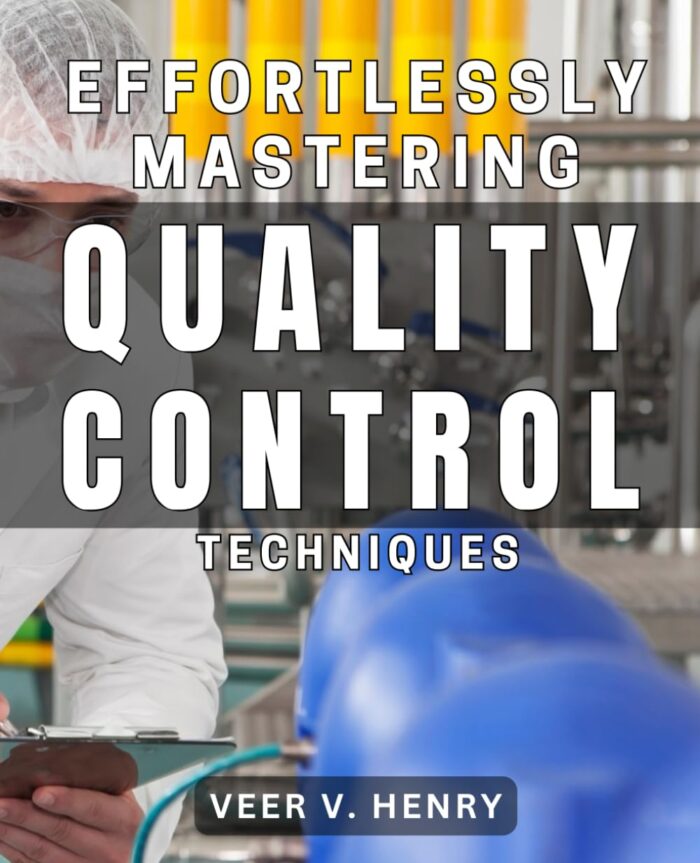
Conformance
What is Conformance?
Conformance refers to the degree to which a product, process, or service meets established standards, specifications, or requirements. Project management ensures that outputs align with predefined criteria, often set by industry guidelines, regulatory bodies, or client expectations. This concept is crucial for quality control and risk mitigation, as it verifies that the work produced follows agreed-upon norms and does not deviate from planned outcomes.
Organizations typically monitor conformance through audits, inspections, and testing. By maintaining it, project teams can reduce rework, avoid compliance issues, and improve customer satisfaction. It supports the delivery of consistent, high-quality results and often plays a central role in formal quality management systems.
Key Points
- Conformance involves aligning deliverables with pre-established requirements or standards.
- It supports quality assurance by preventing defects and ensuring consistency.
- Non-conformance can lead to delays, increased costs, or regulatory penalties.
- Evaluation tools include process audits, performance reviews, and product testing.
- Maintaining it contributes to stakeholder trust and project credibility.
Related Terms
- Quality assurance includes processes that ensure project outputs conform to set quality standards.
- A quality audit is a structured review that checks whether project activities conform to organizational and procedural guidelines.
- A control chart helps track performance trends to identify whether a process operates within acceptable conformance limits.
- Regulatory compliance involves meeting legal and policy-based standards, which is often a required aspect of conformance.
- The team takes corrective action when they do not achieve conformance, addressing root causes to prevent a recurrence.
Conformance: Example
A construction company is building a bridge under a government contract. The contract specifies that all concrete must meet a compressive strength of 30 MPa. During the project, samples are regularly tested in a lab to meet this requirement. If all samples fall within the expected range, the project is said to demonstrate conformance. If any sample fails, it triggers an investigation and possibly a halt in construction until the issue is corrected.
Conformance: Best Practices
- Clearly define standards and requirements at the start of the project.
- Use detailed documentation to guide team members and avoid misunderstandings.
- Schedule regular quality checks and inspections throughout the project lifecycle.
- Train team members on compliance requirements and quality procedures.
- Address non-conformities promptly and document corrective measures to avoid repeat issues.
Additional Resources
Preparing for a PMI certification?
- Exam Prep Courses: PMP®, CAPM®, and PMI-ACP®
- Exam Simulators: PMP®, CAPM®, PMI-ACP®, PMI-PBA®, PMI-RMP®, PMI-SP®, PgMP®, and PfMP®
- Professional Development Units (PDUs): 15, 30, and 60 PDU Bundles




